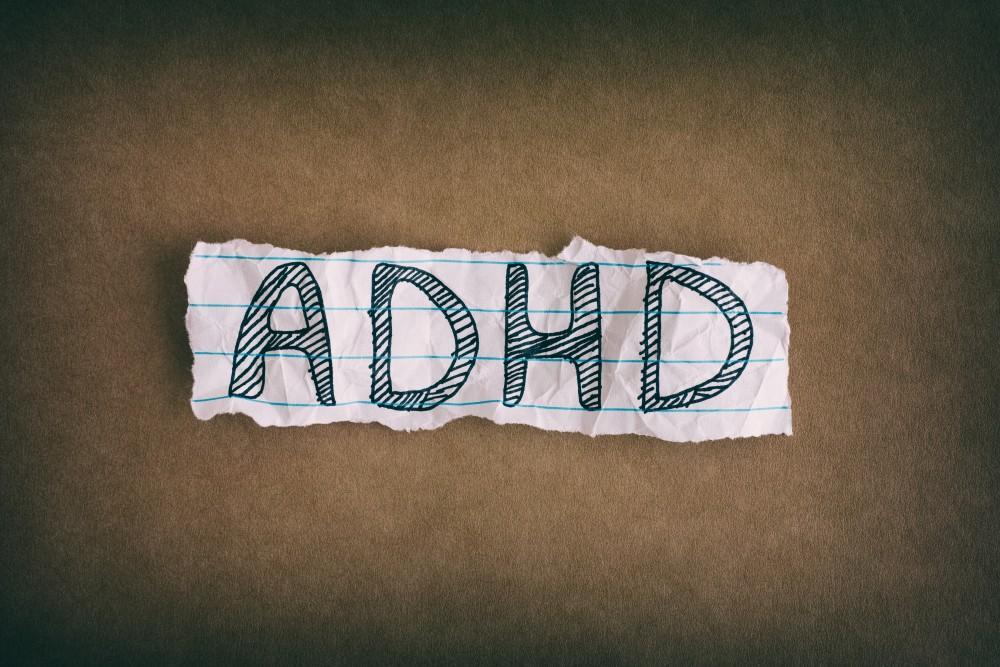Pain Relief with Homeopathic Remedies

Introduction:
An alternative medical practice called homeopathy promotes a wholistic view of health and healing by encouraging the body’s natural capacity for self-healing. Pain treatment is just one of the many health disorders that can be treated with homeopathic remedies, which are made from natural components and created by dilution and succussion. We examine the fundamentals of homeopathy, popular homeopathic treatments for pain management, their modes of action, and their potential advantages in the treatment of both acute and chronic pain in this thorough guide. People who are interested in pain management alternatives that complement their holistic health objectives can investigate homeopathic principles and applications.
1. The foundation of homeopathy is the idea of “like cures like,” which holds that a chemical given in greatly diluted amounts to a sick person can elicit symptoms similar to those the healthy person is experiencing. The idea of vital force, also known as life energy, which controls the body’s self-healing processes, is the foundation of this theory. In order to maximize the substance’s energetic qualities while reducing its material effects, homeopathic remedies are made by serial dilution and succussion. With a focus on personalized care, homeopathy chooses remedies based on the patient’s individual constitution as well as the entirety of their symptoms.
2. Common Pain Relief Homeopathic Remedies:
Many natural ingredients, each with unique therapeutic characteristics and indications, are used in homeopathic pain treatment therapies. Frequently used pain relievers include Arnica montana, which is good for bruises, trauma, and soreness; Rhus toxicodendron, which is good for stiffness and joint pain that gets better with movement; Hypericum perforatum, which is good for nerve pain and injuries to areas rich in nerves, like fingers and toes; and Bryonia alba, which is recommended for sharp, stabbing pains that get worse with movement. These and other medicines are chosen in accordance with each patient’s particular symptoms and overall health profile.
3. Action Mechanisms:
There is ongoing discussion on the incomplete understanding of the action mechanisms of homeopathic treatments. There are ideas that contend that homeopathic remedies’ very diluted form could activate the body’s self-healing mechanisms by subtle energetic impacts on the vital force. There are those who suggest that the preparation procedure can produce nanoparticles or nanobubbles that can interact with cellular receptors or signaling pathways to cause biological effects. Clinical data indicates that homeopathic treatments can alleviate symptoms for a range of illnesses, including pain, even though the precise mechanisms are still up for debate.
4. Treatment of Acute Pain:
Homeopathic medicines are frequently used to treat acute pain issues like dental work, sprains, strains, and injuries. Herbs like Belladonna and Chamomilla may be considered for acute inflammatory pain with heat, redness, and swelling, while Arnica montana, Ruta graveolens, and Hypericum perforatum are frequently suggested for traumatic injuries, bruising, and nerve pain. When taken in conjunction with conventional treatments for acute pain, homeopathic remedies offer a supplementary method of pain management with a low potential for drug interactions or adverse effects.
5. Handling Chronic Pain:
Homeopathy provides a comprehensive method of managing pain in chronic pain disorders by addressing underlying imbalances in the body’s life force. One of the main components of homeopathic treatment for chronic pain is constitutional treatment, which chooses a remedy based on the patient’s general health profile and internal constitution. Based on the unique features of the pain as well as related symptoms and modalities, doctors may recommend remedies including Rhus toxicodendron, Arnica montana, Bryonia alba, and Calcarea carbonica. A gentle and customized approach to managing chronic pain, homeopathic treatment seeks to restore balance and enhance general well-being.
6. Adjunctive Therapies and Lifestyle Modifications:
Both lifestyle modifications and adjunctive therapies are essential for holistic pain management in addition to homeopathic medications. By treating musculoskeletal abnormalities and encouraging relaxation, physical therapies like massage, chiropractic adjustments, and acupuncture might enhance homeopathic treatment. Exercises that target the mind and body, including yoga, tai chi, and meditation, can lower stress, strengthen coping mechanisms, and promote general wellbeing. Making small changes to one’s lifestyle to enhance diet, stay hydrated, get enough sleep, and exercise can help the body mend itself naturally and improve the results of treatment.
7. Safety and Considerations:
Under the supervision of a licensed homeopathic practitioner, homeopathic remedies are usually safe when used as prescribed. However, before beginning any new treatment plan, it is imperative to speak with a healthcare provider, particularly if you have underlying medical concerns or are expecting or nursing a baby. Homeopathic medicines come in different potencies and formulations and are governed by the Food and Drug Administration (FDA) like over-the-counter pharmaceuticals. Even while homeopathy is usually well tolerated, each person may react differently to remedies, and some may have a “healing reaction,” which is a brief exacerbation of symptoms before they get better.
Conclusion:
In conclusion, homeopathy provides a personalized, all-encompassing method of treating pain by addressing the underlying imbalances that cause suffering. People can investigate alternate choices for managing acute and chronic pain that are in line with their holistic health objectives by learning about the fundamentals of homeopathy, common pain relief remedies, mechanisms of action, and use concerns. While there is little chance of adverse effects or drug combinations with homeopathic medicines, they can offer symptomatic relief for a variety of pain disorders, even though they might not be appropriate for everyone or every disease. People can maximize their treatment results and improve their general well-being by including homeopathy into a thorough pain management regimen that also includes lifestyle changes and complementary therapies.




